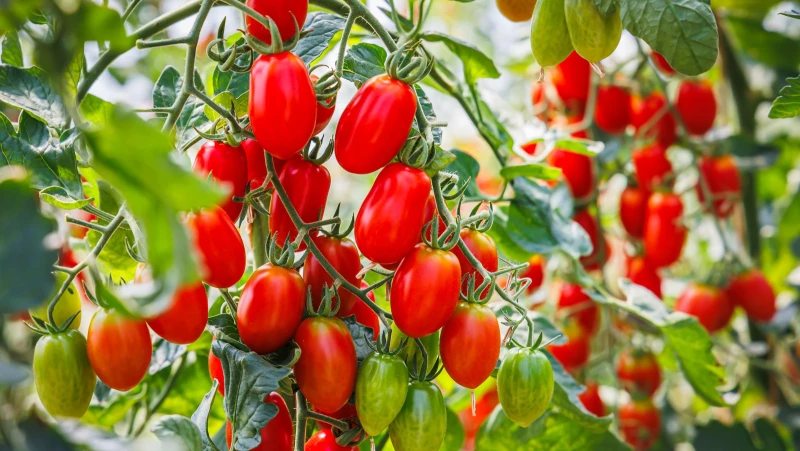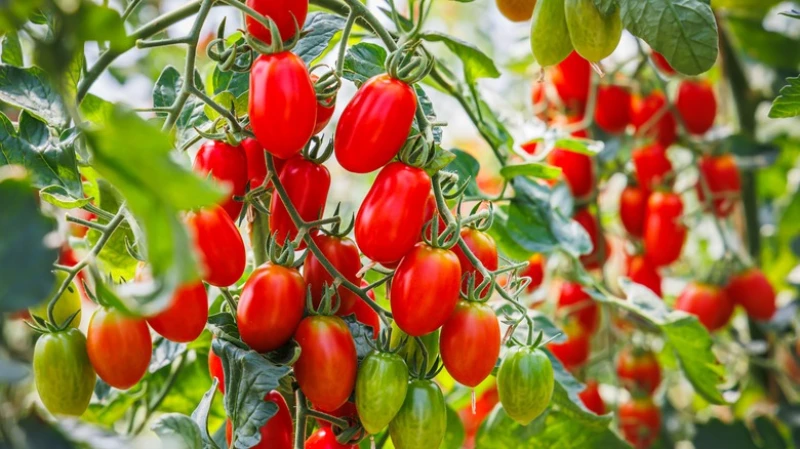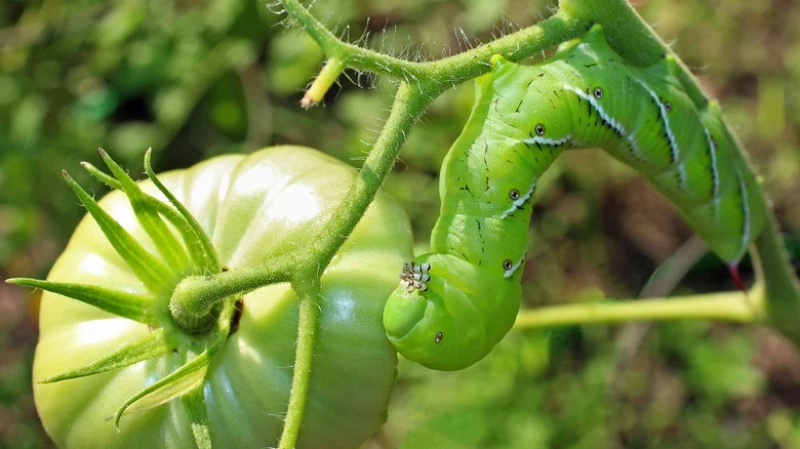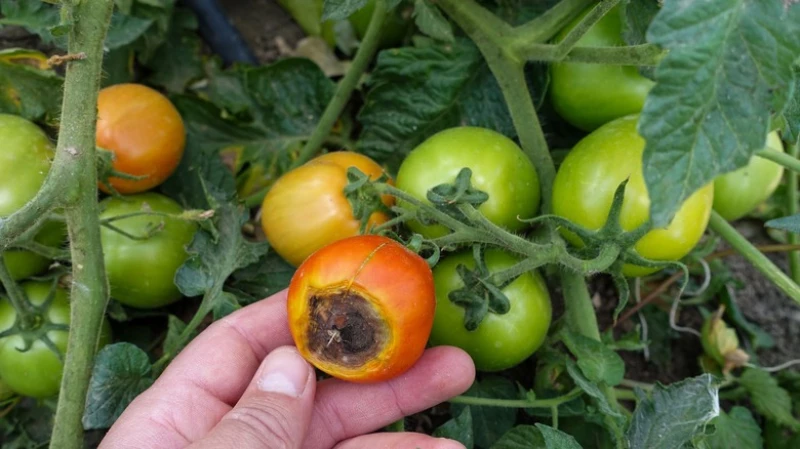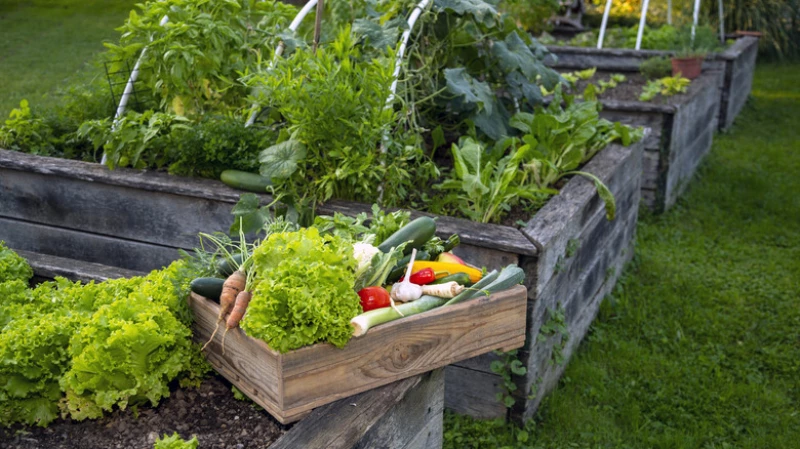Tomatoes have long been a popular choice for home gardeners due to their low maintenance nature. Many gardens, no matter how small, will have at least a couple of tomato plants. The taste of homegrown tomatoes often surpasses that of store-bought varieties, making them a staple for many families. Even those who may not eat tomatoes, like my grandfather, still grow them for the rest of the family to enjoy. One tip he always swore by for growing the best tomatoes was practicing crop rotation, ensuring that his plants were never in the same spot two years in a row.
In my gardening journey, I have experienced different approaches, from having a vast garden to simply growing plants in containers. Regardless of the setup, one thing remains constant - my love for tomatoes. Homegrown tomatoes not only offer superior taste but also the opportunity to explore unique varieties. While I have my favorites like Cherokee purple for slicing and Sweet 100 for snacking, I also enjoy experimenting with white tomatoes, striped varieties, and early harvest options for quick results. To avoid common issues like pests and fungal problems that can hinder my tomato harvest, I make it a point to rotate their planting location every year.
Crop rotation for tomato disease and pests
Crop rotation involves planting different plant families in varied locations each year. By maintaining simple records of your garden layout, you can effectively plan the rotation for the next season. While tomatoes are relatively easy to grow, they are prone to specific pests, blight, and viruses like any other plant.
Planting tomatoes in the same spot annually creates a favorable environment for common pests to thrive. While some pests affect the entire garden, such as flea beetles and aphids, hornworms pose a significant threat to tomatoes. These caterpillars can quickly devastate a plant, leaving it stripped overnight. Additionally, fungal spores causing blight and viruses can persist in the soil if tomatoes are consistently grown in the same location. To combat these issues, consider relocating your tomato plants each year.
Moving tomatoes to balance nutrients
Different garden plants have varying nutritional needs. While some can thrive in poor soils, others require more nutrients to grow successfully. For instance, greens like lettuce and kale can do well with minimal fertilizer, but providing extra nutrients can result in a larger harvest. On the other hand, root crops benefit from phosphorus-rich soils, and fruit-producing plants such as peppers, squash, and tomatoes are considered "heavy feeders" that deplete the soil rapidly and need regular fertilization.
Planting heavy feeders in the same location each year can disrupt the nutrient balance in the soil. Rotating these plants with less demanding varieties annually allows the soil to recover and accumulate essential nutrients, like calcium to prevent blossom end rot. Alternating heavy feeders with nitrogen-fixing plants like green beans helps naturally enrich the soil with this vital macronutrient, ensuring healthy plant growth and fruit production.
Optimal Frequency for Plant Rotation
Crop rotation involves not only relocating a specific plant type but also moving all plants belonging to the same botanical families. For example, although peppers and tomatoes may not share identical pests and diseases, tomato hornworms can attack pepper plants. Peppers, tomatoes, potatoes, and eggplants are part of the nightshade family, serving as hosts for these pests. Replanting peppers in an area where tomatoes were infested by hornworms in the previous season could lead to a recurrence of the problem.
For the health of your plants, it is recommended not to plant crops from the same family in the same area more frequently than every three years. This practice allows pests, fungal spores, and viruses to naturally diminish. In cases where persistent issues like hornworms or blight have been a problem, waiting four years before replanting is even more beneficial, especially if space allows.
Practicing crop rotation in the home garden
In a home garden with limited space, rotating crops can be a challenge. One simple way to practice crop rotation, as suggested by Bonnie Plants, is to categorize your plants into four groups: fruit-producing, leafy greens, roots, and legumes. If you have four separate planting areas, move the plants in each category to the next area each year.
For smaller gardens, you may need to be more creative. Consider using containers for one category of plants if space is limited. This approach allows for easier rotation, such as growing container tomatoes after dealing with blight. Another option is to focus on growing only a few categories of plants and purchasing the rest from a local farmer's market. By incorporating crop rotation into your gardening plan, you can reduce the need for excessive fertilizers and minimize disease and pest issues.

